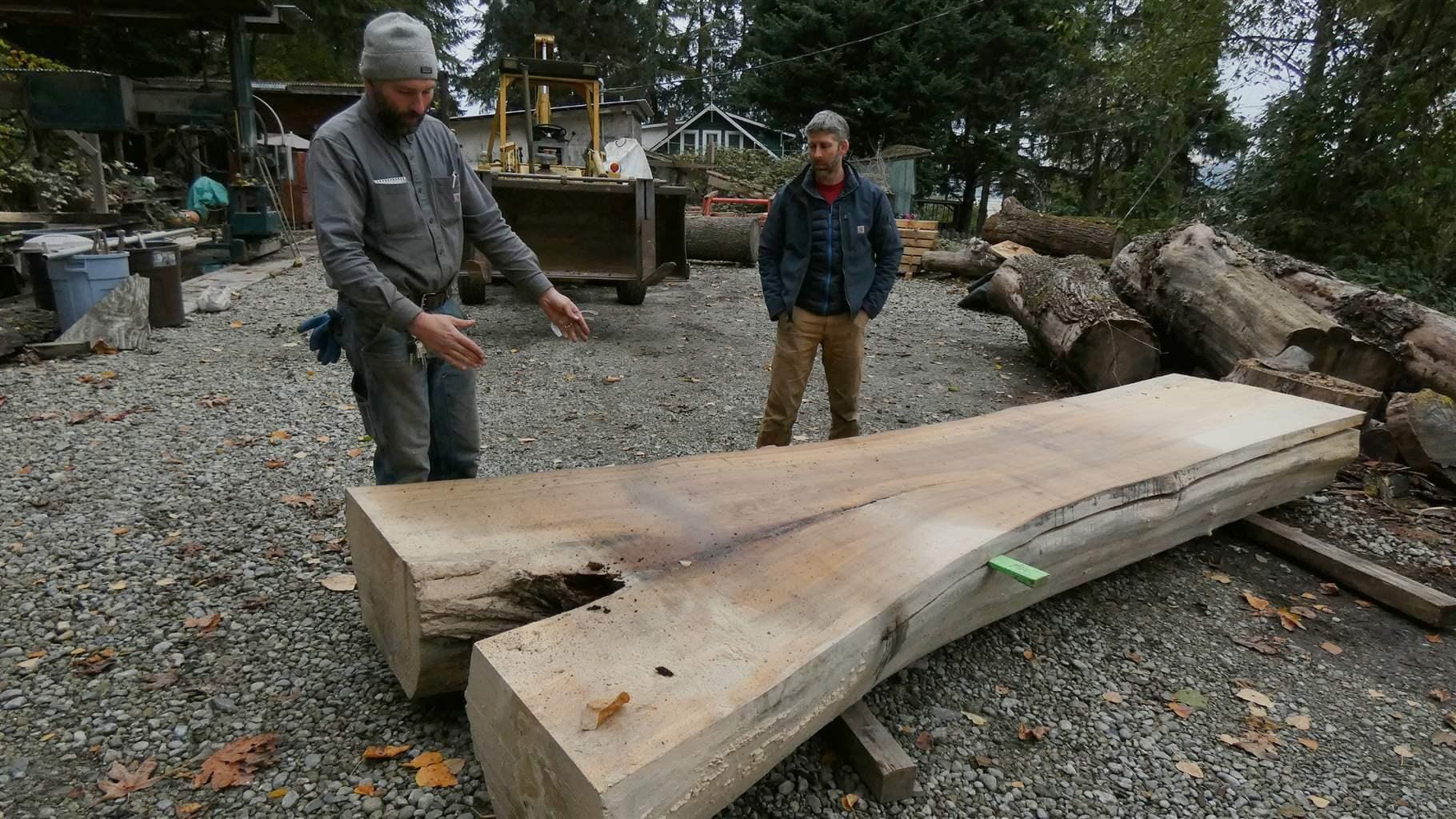Transforming Felled City Trees into a Sustainable Urban Lumber Economy

Transforming Urban Forestry: How Felled City Trees Are Reshaping the Lumber Industry
Urban landscapes are quietly revolutionizing the lumber economy, turning what was once considered waste into a valuable resource. Cities across the United States are discovering that fallen trees can be more than just municipal debris—they’re becoming a sustainable economic opportunity that benefits local communities and the environment.
The Hidden Value of Urban Timber
When city trees are removed due to disease, storm damage, or urban development, they’ve traditionally been chipped, mulched, or sent to landfills. Now, forward-thinking municipalities are recognizing the potential of these discarded trees. **Salvaged urban wood is emerging as a valuable material with unique characteristics and significant economic potential.**
Why Urban Lumber Matters
Urban trees often grow more slowly and in diverse conditions, creating wood with distinctive grain patterns and character that woodworkers and artisans prize. Unlike traditional lumber harvested from managed forests, these trees tell a story—each plank potentially carrying decades of urban history.
Economic and Environmental Benefits
- Reduced Waste: Repurposing fallen trees prevents unnecessary landfill contributions
- Local Economic Development: Creates jobs in wood processing and crafting
- Sustainable Resource Management: Transforms potential waste into valuable material
Municipal Success Stories
Cities like Portland, Oregon, and San Francisco have pioneered urban wood reclamation programs. They’ve used salvaged timber in:
| Project Type | Example |
|---|---|
| Municipal Construction | Park benches, public buildings |
| Local Artisan Projects | Furniture, architectural elements |
Challenges and Opportunities
Despite promising potential, urban wood reclamation faces challenges. Inconsistent sizing, potential contamination, and the need for specialized processing equipment can complicate large-scale implementation. However, innovative cities are developing solutions that transform these challenges into opportunities.
Growing the Urban Lumber Ecosystem
Successful programs typically involve collaboration between:
– City forestry departments
– Local woodworking businesses
– Recycling and waste management teams
– Community artisan networks
The Future of Urban Wood Economies
As sustainability becomes increasingly important, urban wood reclamation represents a compelling model of circular economy principles. By seeing value in what was once considered waste, cities can create economic opportunities while promoting environmental stewardship.
What You Can Do
If you’re a woodworker, designer, or community leader, consider:
– Advocating for urban wood reclamation programs
– Supporting local initiatives
– Exploring creative uses for salvaged timber
Conclusion
The transformation of felled city trees into a new lumber economy isn’t just about wood—it’s about reimagining urban resources, supporting local industries, and creating sustainable practices that benefit entire communities.









